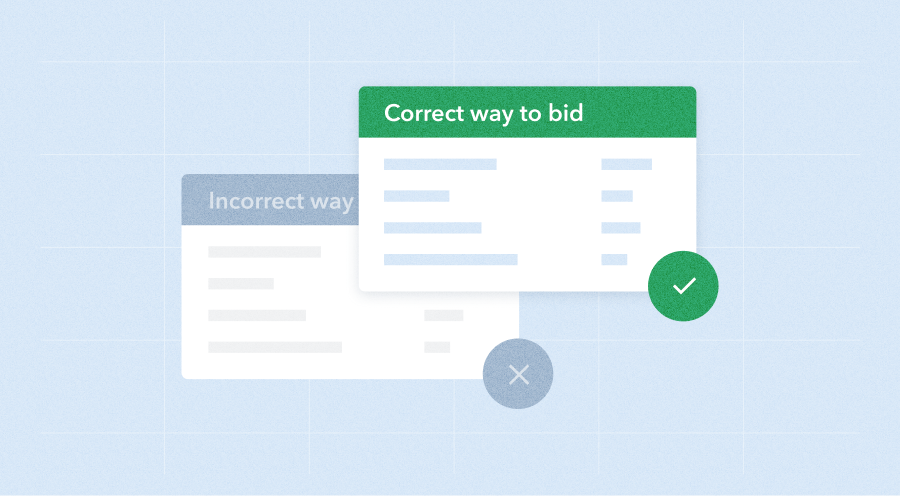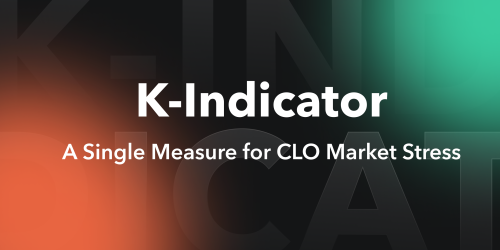AMR Investor Guide. Auction-based, multi-dealer electronic CLO refinancing: Applicable Margin Reset (AMR).

A More Efficient Process for Refinancing CLOs
Updated December 2020
Applicable Margin Reset (AMR) was developed in 2015 by alternative asset manager Sancus Capital Management to find a solution to risk retention and to streamline CLO refinancing.
AMR differs from traditional refinancing in several ways. Instead of an arranging bank running an exclusive process with a few large accounts, AMR opens refinancing to the entire market through a secondary auction. Securities are not destroyed and re-issued, and instead, remain intact. This results in a more efficient process and a drastic cost reduction. When counting arranging, rating agency, legal and accounting fees, traditional refinancing can cost nearly $1 million. Alternatively, AMR, which does not involve an arranger or rating agencies, costs 75% less.
Since the introduction of AMR, eight different CLO managers have included the feature in their new issue or in conjunction with a reset. Managers include Columbia Threadneedle, Crescent Capital Group, CIFC Asset Management, HalseyPoint Asset Management, Neuberger Berman, Seix Investment Advisors, TCW Asset Management, and Trimaran Advisors.
A greater opportunity remains, however, for other CLO managers to benefit from AMR. Of the $600 billion of U.S. CLOs outstanding, 40% are beyond their non-call period, therefore, eligible to be redeemed, refinanced, or reset. (David Preston, Rachel Bilskie, Powell Eddins. Wells Fargo Securities. “CLO Lagniappe: Refi Window Opening?” Jan. 11, 2020. )
An estimated 48% of post-noncall CLOs are in-the-money, as the potential new financing costs of CLOs following a reset look to be lower than their current weighted average cost of capital.
A variety of constraints prevent these CLOs from being able to take advantage of a traditional refinancing. Limitations include the inability of a Manager to identify and coordinate Equity Holders to form a majority to trigger a refinance, as well as logistical bottlenecks with arranging banks and rating agencies.
Broadening Investor Base
Another benefit of AMR is the broadening of the CLO investor base. Typically, investors interested in purchasing a CLO in the primary market must have an ongoing relationship with an arranging bank. Many smaller and less active investors are shut out of the process. While opportunities to source CLO paper also exist in the secondary market, investors often face challenges associated with asymmetrical information and, consequently, adverse selection. The traditional refinancing process tends to favor sizeable firms, resulting in less participation from smaller firms. AMR democratizes refinancings by opening the process to investors of all sizes.
In an AMR auction, investors can submit bids of varying sizes and levels according to their preferences. If sufficient bids are submitted by participants, bidders can expect a reasonable chance of securing the refinanced bonds.
AMR also unlocks valuable data to participants and to the broad market. After the auction, aggregate bids and levels are made publicly available, enhancing price discovery and providing better color to the market.
Guide to Bidding in AMR Auction
The AMR auction process is triggered by the Majority Equity Holder or Collateral Manager. The initiator sets the auction date as well as the Cap Margin, a maximum margin for a tranche that will be accepted, and a non-AMR period, which functions like a non-call period.
Immediately at the following initiation, the Trustee engages in a four-day verification process. Once finalized, the Trustee notifies relevant Note Holders and the Manager of information regarding the AMR procedures. Those details are made available to participating Broker-Dealers on the KopenTech AMR platform.
In the five days leading up to the AMR auction date, either the Majority Equity or Manager can update the Cap Margin. The KopenTech AMR platform will automatically reject any bids above the Cap Margin.
Investors participating in an AMR auction must submit their bids through a participating Broker-Dealer. These Broker-Dealers aggregate bids received from their clients and submit aggregate levels to the KopenTech AMR platform from 8:00 AM to 10:00 AM ET.
Should any technical issues arise, participants will immediately notify KopenTech, which will have until 12:00 PM ET to resolve the issue.
At 1:00 PM ET KopenTech distributes results to Broker-Dealer participants. The aggregate bid amount and the clearing level will be available to the public at 4:30 PM ET.
Settlement Process
Given the different process of refinancing the CLO notes, it is important for both investors and Broker-Dealers to understand how settlement functions following the AMR auction, including the necessity of having capital for the bids delivered ahead of the settlement and alerting their custodians of the process to ensure a smooth settlement.
After a successful auction, the Trustee will issue a mandatory tender without the right to retain, similar to a method used in corporate actions for bonds.
Investors receiving an allocation through the AMR process will have nine days between the auction and the settlement date to prepare for AMR settlement.
Investors need to first deliver cash to their Broker-Dealer who then needs to send it in to a non-interest accruing cash account at the Trustee. The Trustee must ultimately receive the proceeds no later than 2:00 PM ET the day before settlement.
If for any reason, the Trustee has not received the sufficient amount of proceeds from the Broker-Dealers to redeem the existing noteholders of the securities by 12:00 PM ET on the settlement date, the AMR process will fail.
Important note: Existing Note Holders that receive an allocation of the refinanced tranches through the AMR auction process still need to post cash as the positions during the settlement process do not net.
Example: ABC Capital is a $10 million Note Holder on the Class A tranche of XYZ CLO 2020-1. ABC Capital submits a successful bid through the AMR auction for a $10 million allocation but must deliver to its Broker-Dealer $10 million who must then submit that $10 million to the Trustee by 2:00 PM ET the day before settlement.
At 1:00 PM ET on the settlement date, the Trustee will send the proceeds to the Depository Trust Company (DTC), who will then distribute those proceeds to the original Note Holders, who will be redeemed in full.
DTC will then take the bonds and then deposit them into the bond account at the Trustee (versus the earlier pre-funding cash account where funds were deposited). Then the Trustee, through either free delivery or DWAC, will deliver the bonds to the Broker-Dealers by 4:00 PM ET that same day.
Investors are advised to alert their custodians over these expected steps to ensure that their custodians are equipped to receive the refinanced tranches through the free delivery process.
Earlier deals’ timeline may vary.
Participating Broker-Dealers
Investors interested in participating should submit bids either through their sales coverage or by contacting the designated representative listed below.
KopenTech is continuing to onboard additional dealers and can be contacted for an updated list.




